Microbes Are Everywhere: You Can Run but You Can Not Hide
"You can Run but YOU can't HIDE."
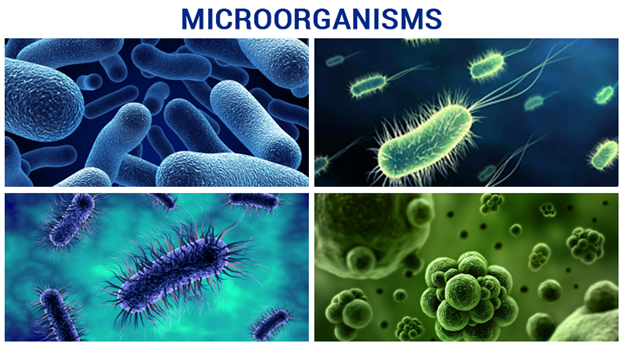
Microbes (or microorganisms) are everywhere. They are either planktonic (floating) or sessile (attached to a certain environment) and can not be seen by the unaided eye. Microorganisms affect animals, the environment, the food supply and healthcare industries.
"A Brief History and Discovery of Microorganisms"

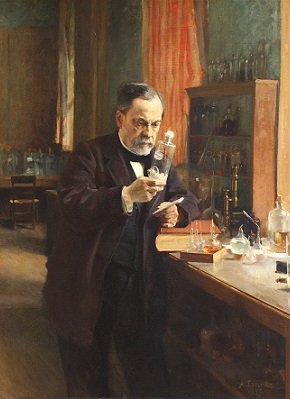
For about 3 billion years since the formation of earth, microbes were the first life on earth. Microorganisms have played a key role in the evolution of the planet. On 1665, Robert Hooke reported that living things are composed of little boxes, or cells and the first microbes were observed in 1673. On 1858, Rudolf Virchow said cells arise from preexisting cells. Cell theory: "All living things are composed of cells and come from preexisting cells". Anton van Leeuwenhoek laid foundation for microbiology by improving the microscope and describing live microorganisms.
"The Importance of Microbes in our Lives"
Our knowledge of microorganisms allows us to prevent food spoilage and prevention of diseases/illnesses to occur and developing aseptic techniques to prevent contamination in medicine and in microbiology laboratories.
Aseptic technique is a fundamental and important laboratory skill in the field of microbiology. Microbiologists use aseptic technique for a variety of procedures such as transferring cultures, inoculating media, isolation of pure cultures, and for performing microbiological tests.
Prevent Disease Occurrences
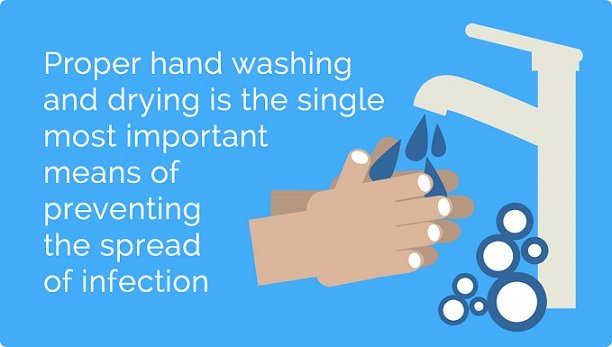
A few microorganisms are pathogenic (disease-causing) and specific microbe causes a specific disease (i.e. Trichophyton mentagrophytes causes athletes’ foot, Mycobacterium tuberculosis causes TB (Tuberculosis), Varicella zoster causes chickenpox). Given with proper knowledge and proper precautions, you can avoid being infected with diseases and prevent spreading them.
Role of Microorganisms in the Environment
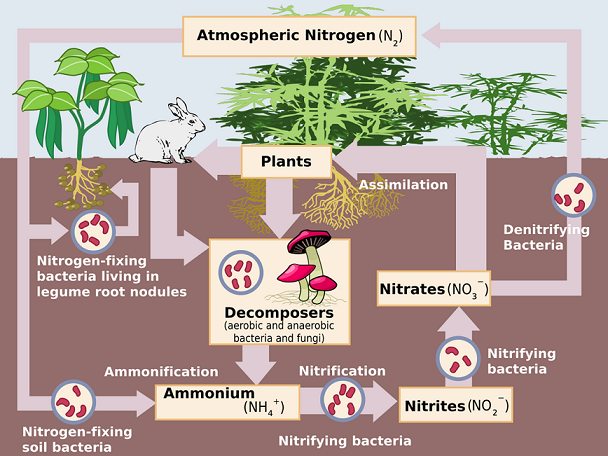
Microbes also play an essential role of the natural recycling of nutrients in the environment . They are responsible for decomposing organic waste . Composting is a prominent biodegradation process done by microorganisms. The nutrients that are trapped in detritus must be released in order for life to continue. The nutrients gained from the breakdown of these organic waste is utilized by plants or algae, which in turn, are consumed by animals.
Uses of Microorganisms in other Fields (Food Processing, Industry and Medicine)
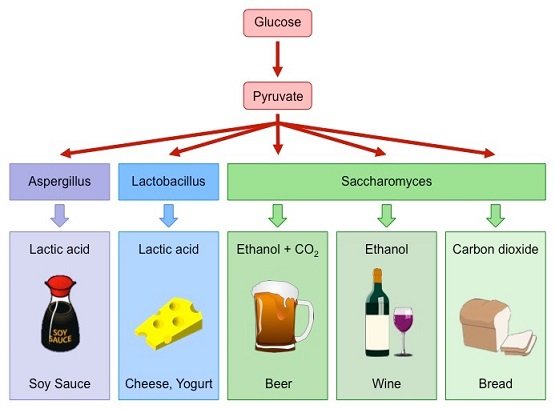
We have discovered that microorganisms are useful for making things as well. They are used in industrial plants to produce chemicals such as ethanol and acetone, as well as in food industries to control the fermentation process in the production of cultured dairy products such as yogurt and cheese and produce fermented foods such as vinegar and bread. Microorganisms are used in brewing, wine making, baking, pickling and other food-making processes. They also produce products used in manufacturing (e.g. cellulase) and disease treatment (e.g. insulin). Thanks to microorganisms, we have antibiotics and vaccines, which have allowed us to make great progress. The medical world is on the brink of a revolution, accelerated by microorganisms.
Types of Microorganisms describe by different types of life forms, with different sizes and characteristics:
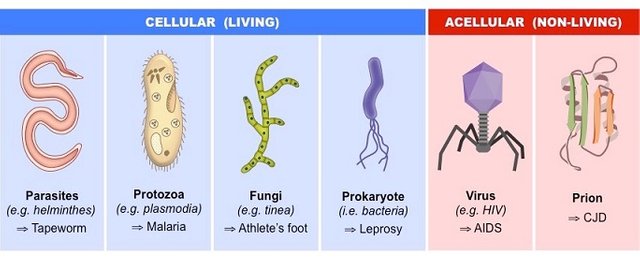
Bacteria are single-celled organisms that have no nucleus and a cell wall made of peptidoglycan.
Archaea are single-celled organisms that have no nucleus and an outer membrane containing unique lipids.
Fungi are single-celled or multicellular organisms with nuclei and with cell walls made of chitin. They also have membrane-wrapped organelles, including mitochondria.
Protists are single-celled or multi-cellular, microscopic organism with cell nuclei, and which aren't plants, animals, or fungi.
Viruses are microscopic particles made of nucleic acids, proteins, and sometimes lipids. They can’t reproduce on their own. Instead, they reproduce by infecting other cells and hijacking their host’s cellular machinery.
Microscopic animals are also counted as microbes. Animals are multicellular, with different types of cells that carry out specialized functions. Their cells have membrane-wrapped compartments, including nuclei.
The "microbe" category includes microscopic plants. Most microscopic plants are counted among the “green algae” (a general term), and they live as single cells (sometimes with flagella) or long fibers.
There are two fundamentally different types of cells:
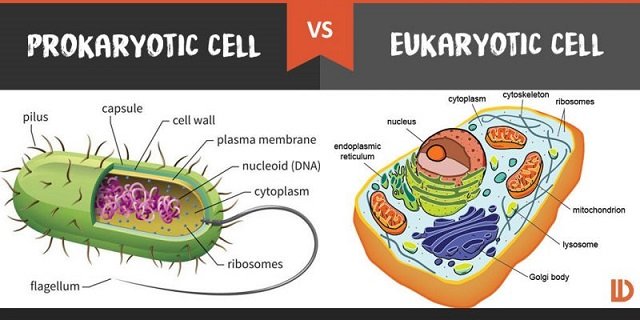
Prokaryotic cells are cells without a nucleus. The DNA in prokaryotic cells is in the cytoplasm rather than enclosed within a nuclear membrane. Prokaryotic cells are found in single-celled organisms, such as bacteria.
Eukaryotic cells are cells that contain a nucleus, usually larger than prokaryotic cells, and they are found mainly in multicellular organisms, an example is the fungi.
Understanding and further research towards microorganisms can harness possibilities and uncover its other potential applications that we still don’t know about.
Hello Steemians! I have been very busy lately so it's good to be back on steemit. I hope you learned something from this.
If you liked this post, don’t forget to upvote and follow me @shairanada :)
References:
http://learn.genetics.utah.edu/content/microbiome/intro/
http://vlab.amrita.edu/?sub=3&brch=73&sim=212&cnt=1
http://microbiologyonline.org/about-microbiology/microbes-and-the-human-body/microbes-and-disease
https://byjus.com/biology/microbiology/
https://www.ck12.org/biology/prokaryotic-and-eukaryotic-cells/lesson/Prokaryotic-and-Eukaryotic-Cells-BIO/
http://www.actionbioscience.org/evolution/meade_callahan.html
Microbiology: An Introduction, 12th Edition by Tortora, Funke, Case,
This gem of a post was discovered by the OCD Team!
Reply to this comment if you accept, and are willing to let us promote your post!
If you accept this, you'll be nominated and the members of the OCD team will vote on whether we'll feature your post in our next compilation post.
You can follow @ocd – learn more about the project and see other Gems! We strive for transparency.
I'm mostly curating in #science and am always glad to see quality posts like yours peeking out between the garbage and plagiarism!
I accept and I am willing to let you promote my post. Thank you very much for this previlege.
@cmtzco has voted on behalf of @minnowpond. If you would like to recieve upvotes from minnowpond on all your posts, simply FOLLOW @minnowpond
Microorganisms or microbes are organisms that are very small (usually less than 1 mm) so that to observe it requires a relief tool. Microorganisms are often single-celled (unicellular) although some single-celled protists are still visible to the naked eye and there are some multicellular species invisible to the naked eye. The study of microorganisms is called microbiology.
Microorganisms are usually considered to include all prokaryotes, protists and micro algae. Fungi, especially small ones and do not form hyphae, can also be considered as part of it even though many do not agree on it. Most people assume that what can be considered microorganisms are all very small organisms that can be cultured in petri dishes or incubators in the laboratory and are able to multiply in mitosis.
There is also a debate if viruses are living organisms or not. But if we look on the definition of “cell theory: all living things are composed of cells coming from pre-existing cells”. A virus is not a living organism since it is not made up of cells.
The virus consists of DNA or RNA surrounded by a layer of protein. Viruses are not considered living things because they can not reproduce themselves, and they are not composed of cells. What causes flu or a cold? The coughing and runny nose caused by one of the criminals is: virus. Viruses come in many forms. They are so small that they can only be seen with a very powerful microscope.
Curious, are there any "good" viruses that do helpful things (for humans)? (Also, nice posts! Very interesting)
This post recieved an upvote from minnowpond. If you would like to recieve upvotes from minnowponds team on all your posts, simply FOLLOW @minnowpond.
Great article @shairanada. I actually didn't know microorganisms are useful for making things. That blew my mind! Thank you for a well thought you, beautifully presented and credited post; and for representing the #SteemPh Family.
Thank you very much po. I will do my best to continue my work and be able to produce quality posts in the future. :)